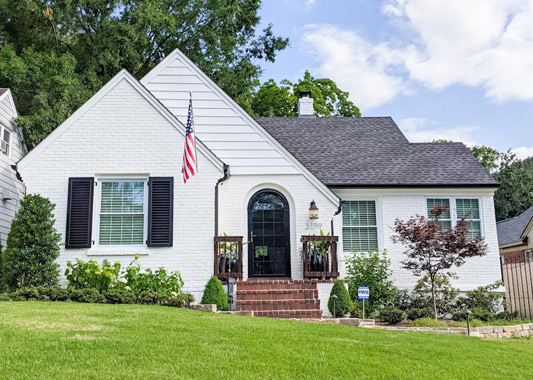It seems that some people are having a difficult time embracing mineral paints. Maybe we should take a lesson from old Chinese tradition?
The next time you get a bowl of rice, ask yourself: would I rather eat this or put this toward my next construction project?
As scientists and construction workers slowly dissect ancient construction projects, they’re finding that sticky rice — sometimes used in Chinese cuisine, but a staple of many South East Asian countries’ diets — was used to make super tough mortar.
In a study recently reported by scientist Bingjian Zhang in the American Chemical Society journal, “Accounts of Chemical Research,” Zhang and fellow chemists say that they have found that a chemical in sticky rice help makes mortar strong enough to withstand earthquakes.
The paper reports that when a sticky rice “soup” was mixed into mortar — the material used to bind and fill gaps between bricks as well as other construction materials — and used to restore ancient buildings, it outperformed other available substances.
Zhang notes that “construction workers in ancient China developed sticky rice mortar about 1,500 years ago by mixing sticky rice soup with the standard mortar ingredient.” We feel like this is one of those discoveries that happened because someone knocked their lunch rice bowl into the mixer one too many times, but we’re not complaining.
This sticky rice-based mortar is “stronger and more resistant to water than [the common] pure lime mortar,” writes Zhang and was used to build everything from tombs to city walls.
If you’re wondering what exactly is the key to the mix, the report says that amylopectin, a type of complex carbohydrate, is responsible for the mortar’s strength (and who says carbs aren’t good for you?). This ‘secret ingredient’ is transferred from the rice to the mortar mix.
We’re curious to see if this discovery means more sticky rice-based mortars are on the way now as China’s sustainable development industries continue to grow.



 Photo Credit: Caldwell House, TN
Photo Credit: Caldwell House, TN